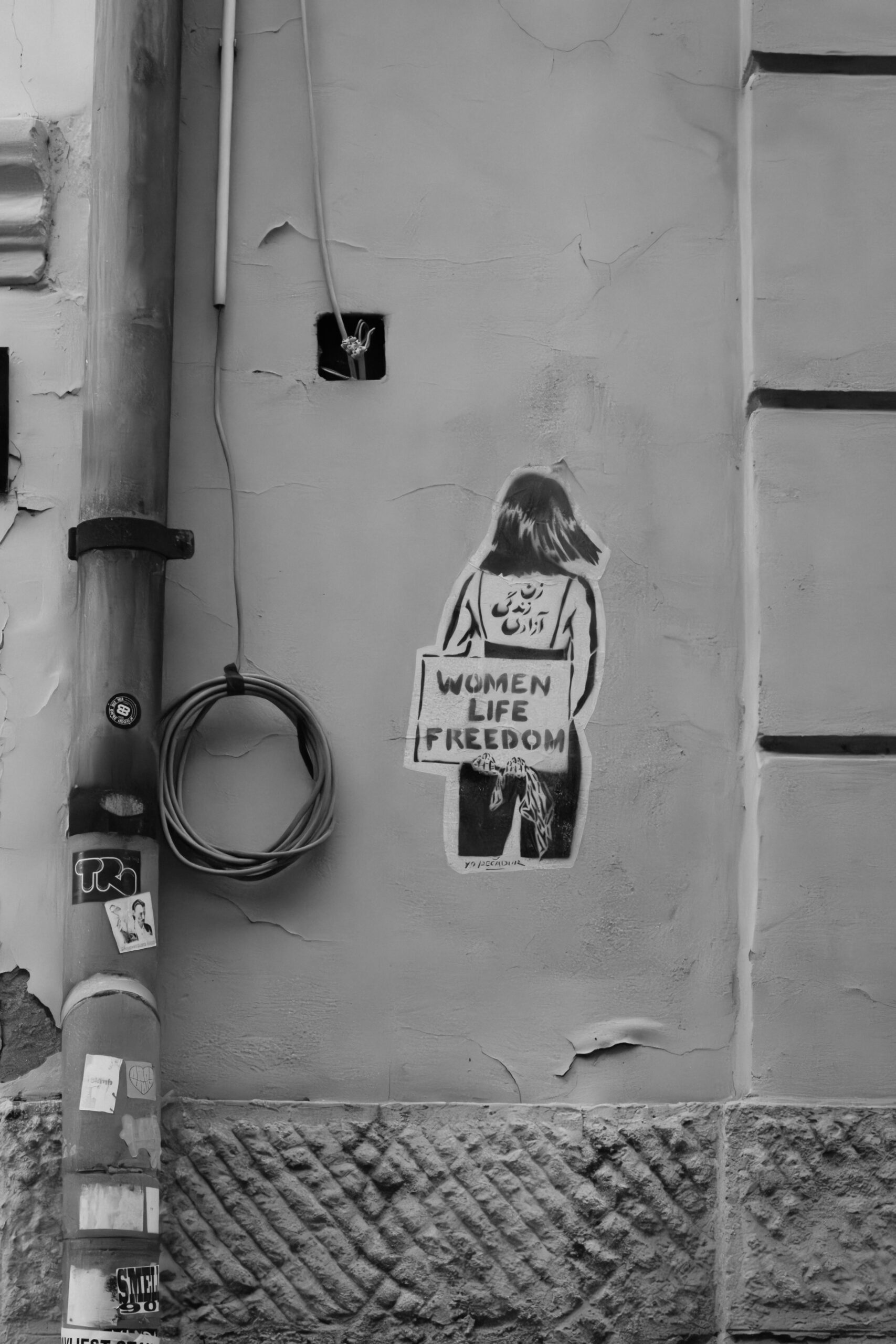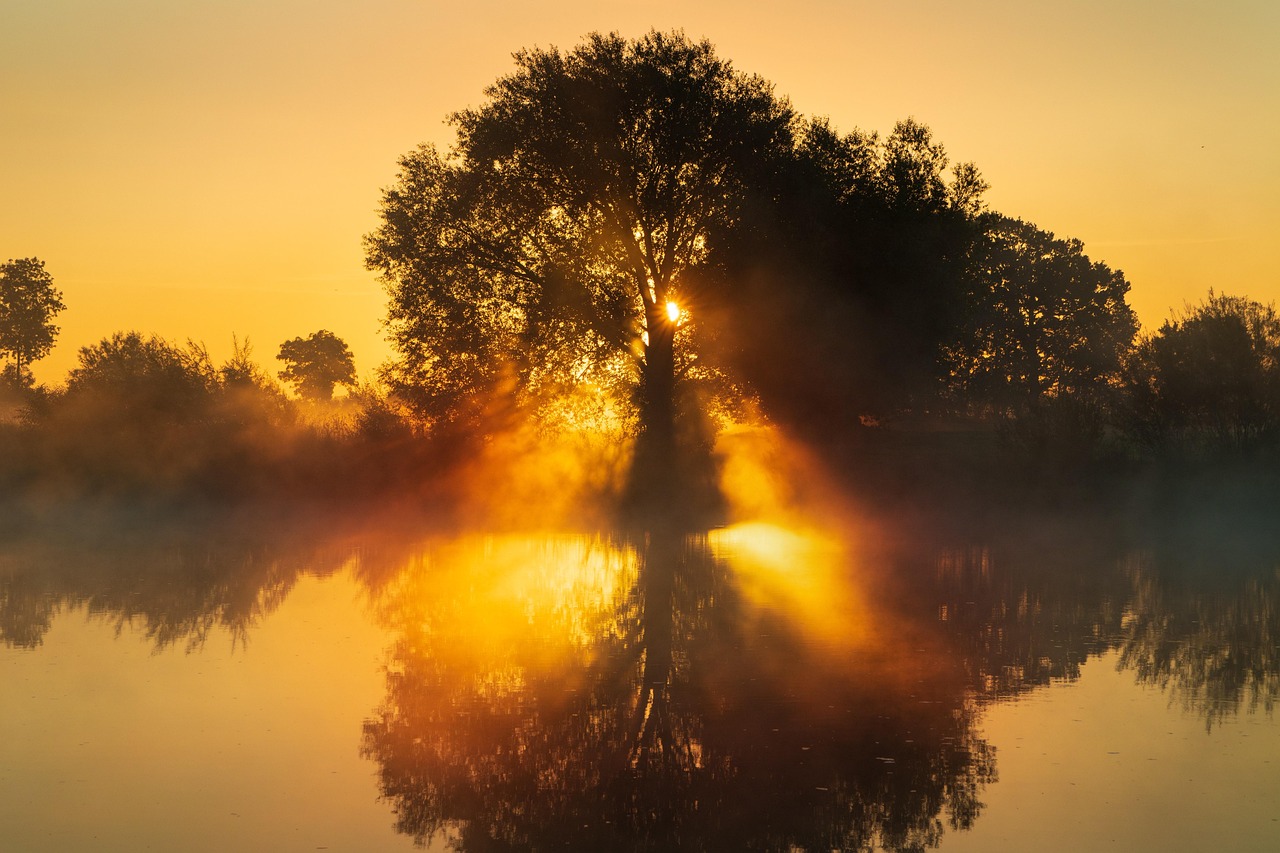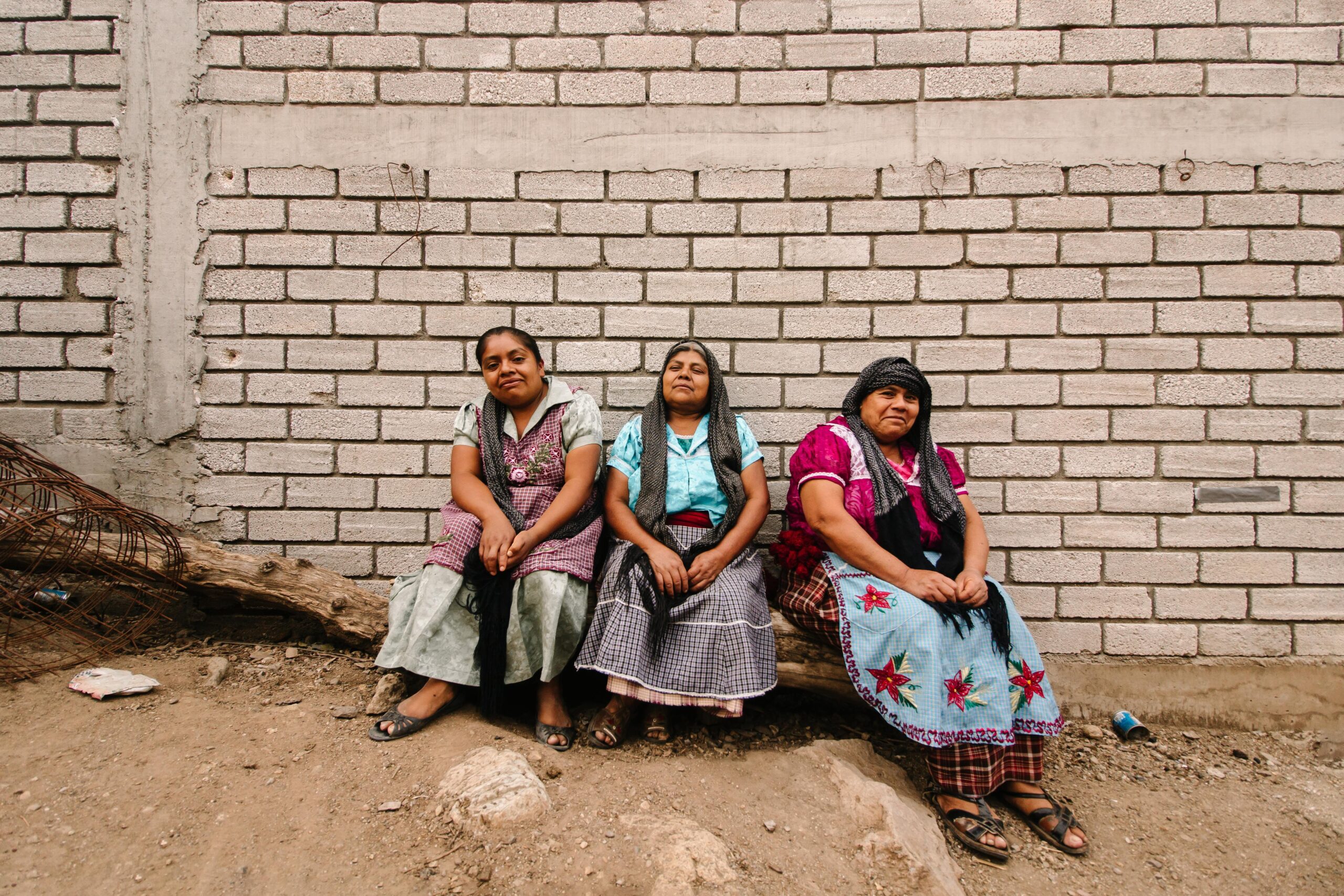By Lovisa Bard
Unlocking the World: New Platforms Open Doors to Global Connectivity
In September 2022, Iran witnessed a wave of protests following the tragic death of 22-year-old Mahsa Amini. Arrested for violating strict hijab laws, she passed away in a Teheran hospital just three days later. The protests in Iran represent a broader call for freedom and a challenge to the Islamic Republic, which has held power since the 1979 revolution.
While protests have occurred in the past, this time, the demonstrators seem more united and less fearful. A significant factor contributing to this unity is the role of social media. Despite the Islamic Republic’s attempts to shut down the Internet, people have found ways to share their experiences and spread the word on social media. In doing so, they have not only provided the world with insight into the local protests but have also used social media as a platform to share music, videos, dance, poetry, and other forms of art as acts of resistance.
“Baraye,” meaning “For the sake of” or “Because,” is a powerful anthem that emerged during the nationwide protests following the tragic death of Mahsa Amini. In a compelling video, a young man, Shevin Adipoor, sings this heartfelt song that reflects the protesters’ desires and motivations. Each line of the song is inspired by tweets from the #masaaramini campaign, where people shared their reasons for protesting. The song became a symbol of resistance, connecting the protests with social media, art, and culture.
But why consider and utilize music, art and dance as important tools of resistance?
Rhythm of Revolution: The Political Power of Music and Art
In Conflict and Security Studies, the traditional focus is elite decision-making to explain political violence. An alternative perspective emphasizes the cultural aspect of resistance and its embodiment. This view delves into the daily lives of grassroots rebels, highlighting how their experiences and interactions influence conflict dynamics. It urges considering grassroots dynamics and embodied experiences in understanding political violence, shifting from elite-centric views. This shift from an elite-structured perspective to an embodied perspective that can manifest as potent resistance through various art forms further enriches the understanding of this paradigm change.
In these protests, one can observe a grassroots resistance movement. The arrest of Adipoor on September 29, 2022, did not intimidate people; quite the opposite. Even in the face of Adipoor’s arrest, the song’s influence continued to grow, inspiring more videos, dances, and spontaneous sing-alongs on the streets, despite the regime’s attempts to intimidate and silence.
Music as an Embodied Weapon: Unmasking the Threat to Authoritarian regimes
Authoritarian regimes have historically banned various art forms, including music, for several reasons. But what’s the connection between art and politics?
Art has often been associated with creativity, while politics can be perceived as governance and regulation. Art may focus more on exploring and expressing emotions, ideas, and aesthetic values, while politics is geared toward specific goals and practical societal influence.
Art and politics do not need to be at odds; they can work together through a “prefigurative approach.” By using this approach, art becomes a potent medium for social and political action, turning activism into a creative practice. These performance actions are valuable for creating change, especially in politically repressive situations with limited media coverage. They engage both participants and audiences on artistic and political levels, fostering spaces for communication, empowerment, resistance, and solidarity. This approach shows that art and politics can complement each other effectively.
The fear of art arises from its potential to challenge authoritarian regimes’ authority and control. Despite its abstract nature, music, as an example of artform, can profoundly affect people and societies. Its power lies in its emotional impact and ability to communicate beyond words, making it a potent means of resistance against regimes trying to establish a simple, one-sided narrative.
Women, Life, Freedom
This song, known as the unifying force of the people, exemplifies how culture creates embodied resistance and is deemed dangerous by the regime. The regime’s apprehension of art forms as a threat underscores the influence of these art forms in such forms of resistance. This song, among others artforms, has played a central role in the ongoing protests in Iran, reflecting the collective desire for change and freedom, and emphasizing the significant role music and art can play in resistance movements.
Shevin Adipoor was granted bail on October 4, 2022, and currently awaits trial. The prospects for a fair trial appear grim. In March, Adipoor achieved an exceptional feat by winning the 2023 Grammys for his song “Baraye” in the “social change” category. This accolade serves as evidence that the world has not only witnessed but also comprehended and embraced his work. We, beyond Iran’s borders, have seen, heard, and stand in solidarity. The music and art have reached us.
Cover image by Gayatri Malhotra




